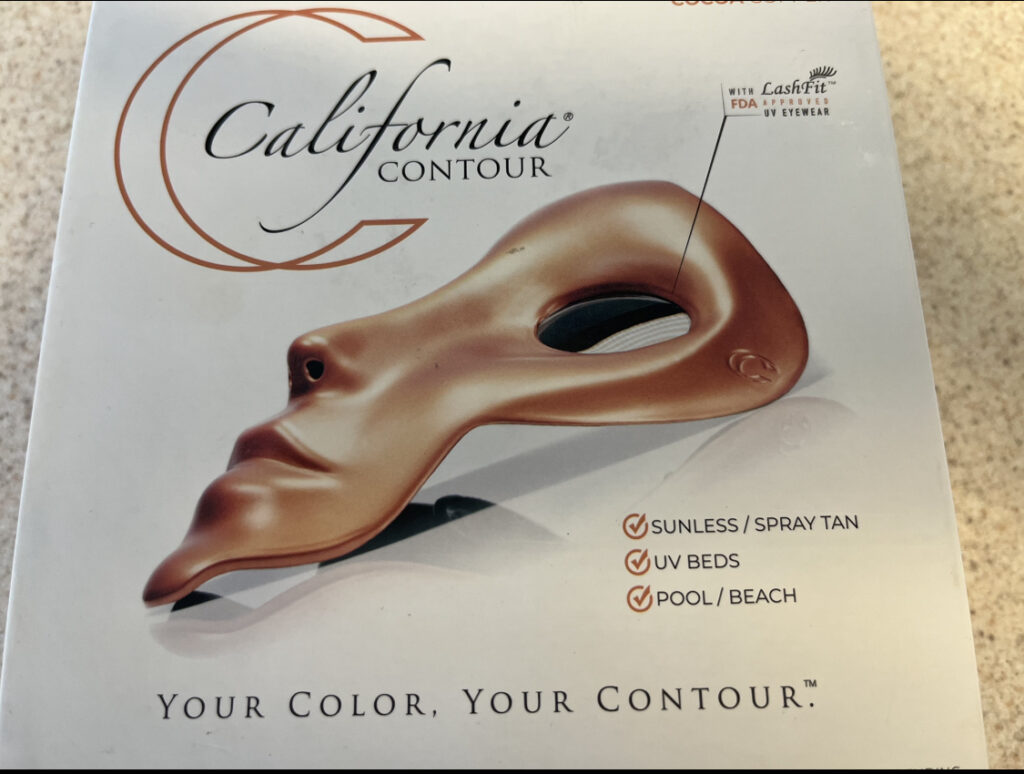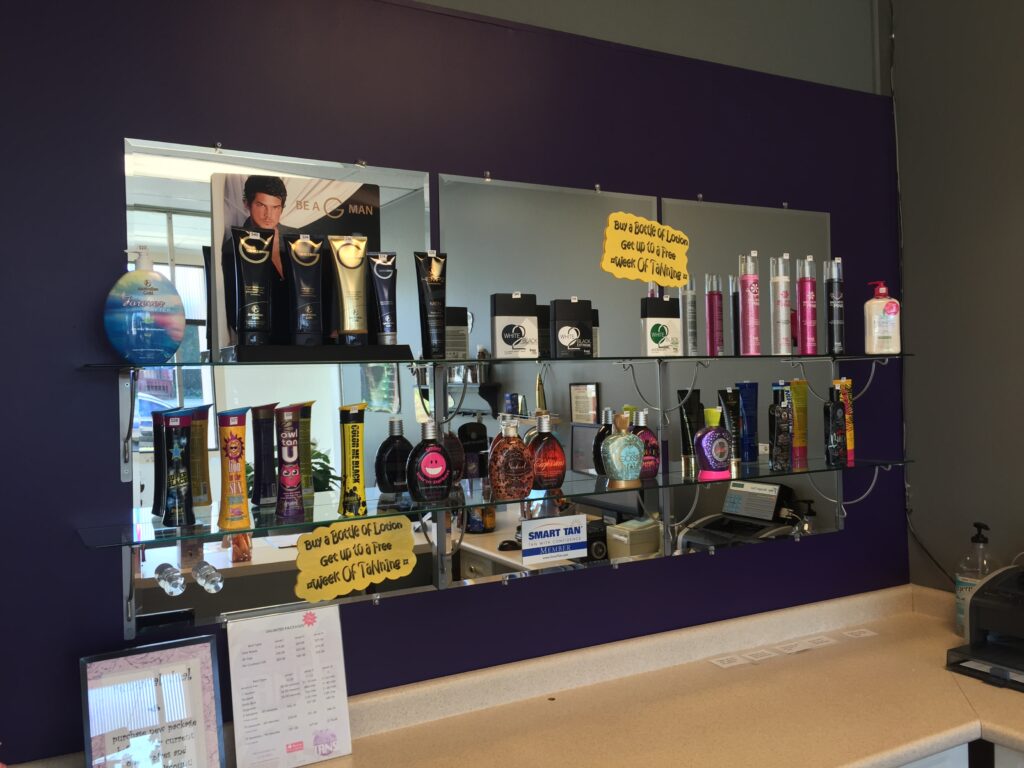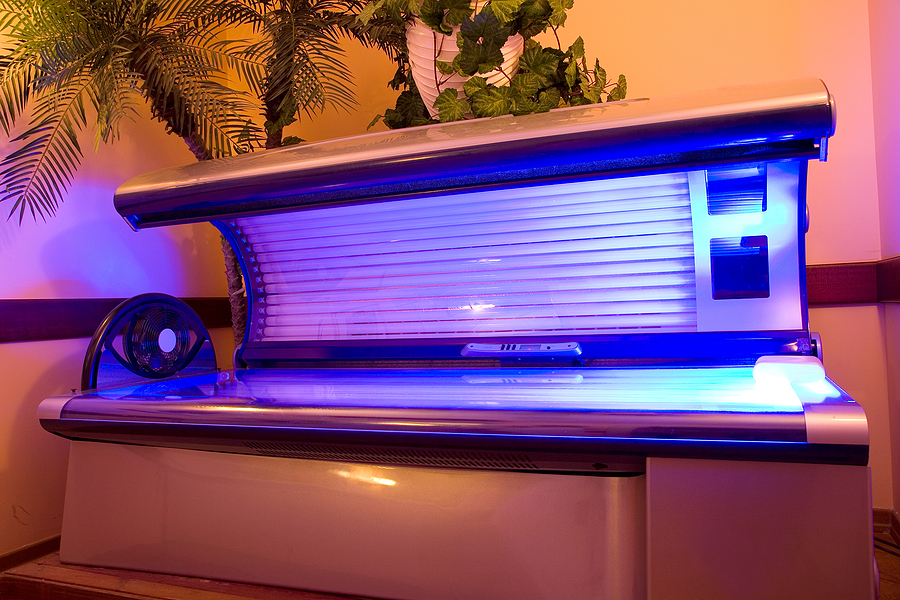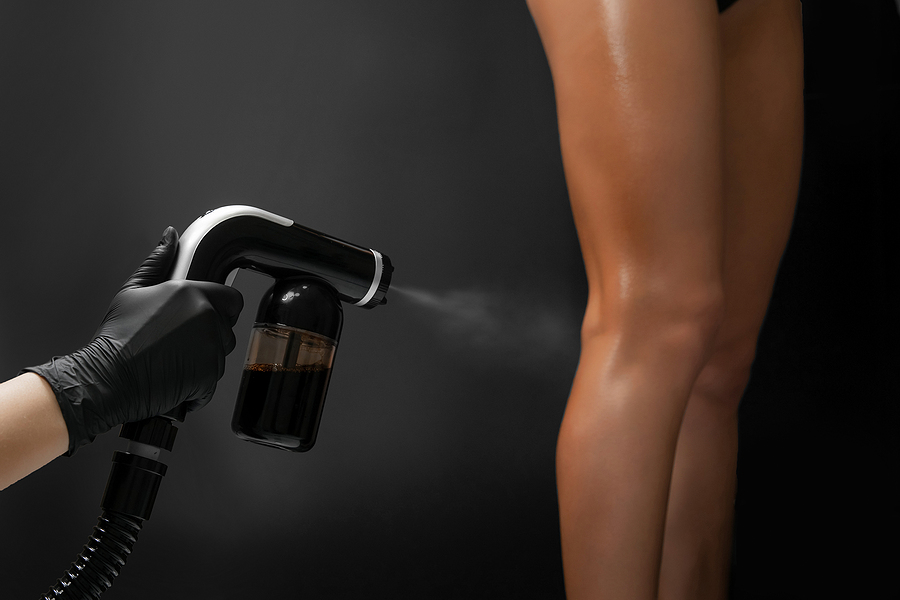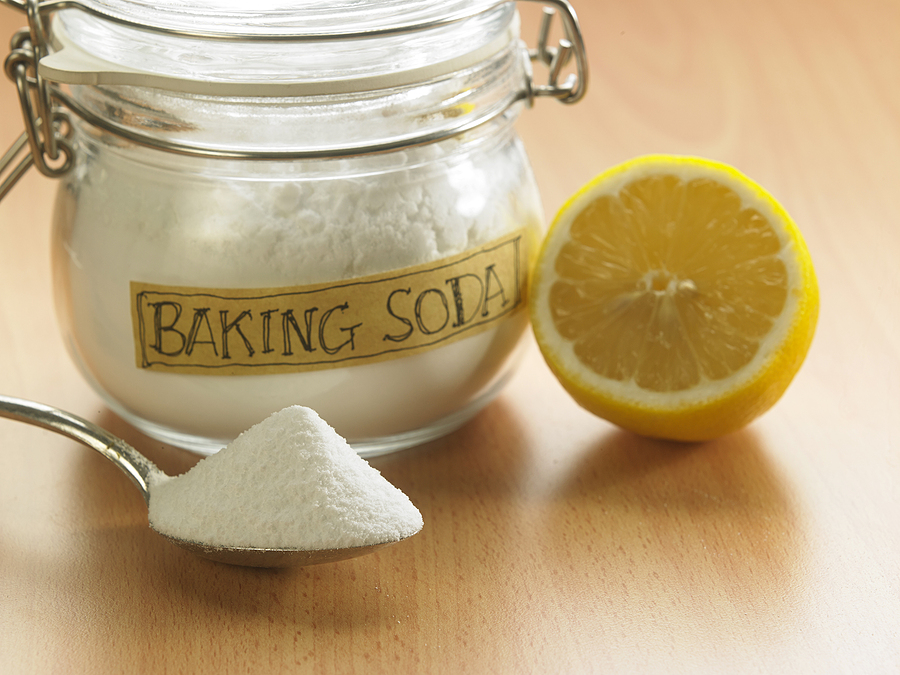When it comes to achieving a glowing tan, the work doesn’t end after you step out of the sun, tanning bed, or finish applying that perfect sunless tanner. Proper post-tanning skin care is crucial for maintaining that beautiful glow and ensuring your skin stays healthy. This blog post aims to be your ultimate guide to post-tanning skin care, so keep reading for tips and tricks on how to achieve and maintain that perfect tan!

Understanding How Tanning Affects Your Skin
To appreciate the importance of post-tanning skincare, it’s essential to understand how tanning works. Whether achieved through natural sunlight, tanning beds, or sunless tanning products, the process can affect your skin in different ways.
Natural Sun Exposure
When exposed to natural sunlight, your skin produces melanin, the pigment responsible for your tan. This reaction is your body’s defense mechanism against harmful UV rays. While a golden hue is often desirable, prolonged exposure to UV rays can lead to skin damage and increase the risk of skin cancer.
Tanning Beds Versus Sunless Tanning
Tanning beds use artificial UV light to stimulate melanin production, often resulting in a quicker tan compared to natural sunlight. However, the concentrated UV exposure can cause significant skin damage if not managed properly.
On the other hand, sunless tanning products contain dihydroxyacetone (DHA), which reacts with the amino acids in the outermost layer of your skin to create a tan. This method avoids UV damage but requires diligent maintenance to keep your tan looking fresh.
Crafting a Good Post-Tanning Skin Care Routine
Once you’ve achieved your desired tan, it’s crucial to follow a comprehensive skincare routine to keep your skin healthy and your tan vibrant.
Step 1: Hydration is Key
Tanning can dehydrate your skin, making it essential to replenish moisture. Use a hydrating body lotion or oil daily to keep your skin soft and supple. Look for products containing aloe vera or hyaluronic acid, which are excellent for retaining moisture.
Step 2: Gentle Exfoliation
Exfoliating helps remove dead skin cells and prevents your tan from looking patchy. Opt for a gentle exfoliant to avoid stripping away your tan too quickly. Aim to exfoliate 2-3 times a week, focusing on areas prone to dryness, like elbows and knees.
Step 3: Sun Protection
Even after tanning, protecting your skin from further UV damage is vital. Apply a broad-spectrum sunscreen with at least SPF 30 every time you go outdoors. This not only protects your skin but also prolongs the life of your tan.
Tailoring Your Routine to Different Tanning Methods
Different tanning methods require specific aftercare to maintain and enhance your glow. Whether you are a sunbather, sunless tan fan, or tanning bed lover, these tips will help tailor your routine:
Sunbathers’ Care Tips
If you love sunbathing, ensure you’re drinking plenty of water to stay hydrated. Use after-sun lotions with cooling ingredients like aloe vera to soothe any potential sunburn. Moisturize frequently to prevent peeling and extend your tan’s lifespan.
Sunless Tanners’ Care Tips
For those using sunless tanners, maintain your tan by applying a gradual tanning lotion between applications. Avoid long baths or showers, as they can cause your tan to fade faster. Pat your skin dry with a towel instead of rubbing to retain the tan.
Tanning Bed Users’ Care Tips
Tanning bed enthusiasts should focus on using products specifically designed for after tanning bed care. These products often contain ingredients that help repair and nourish the skin. Additionally, limit your sessions to avoid overexposure to UV rays.
Addressing Common Post-Tanning Skin Issues
Post-tanning can bring about several skin concerns, but with the right care, you can address them effectively. Here are some common issues and tips for abating them:
► Sunburn – Despite precautions, sunburn can happen. If you experience sunburn, apply aloe vera gel or a soothing after-sun lotion to calm the skin. Cool compresses and staying hydrated can also help speed up recovery.
► Dryness – Dry skin is a common issue post-tanning. Incorporate a rich moisturizer into your daily routine to combat dryness. Ingredients like shea butter and coconut oil are excellent for locking in moisture.
► Premature Aging – Prolonged UV exposure can accelerate skin aging. To combat this, use products containing antioxidants like vitamin C and E, which help neutralize free radicals. Regular application of sunscreen is also crucial in preventing further damage.
Essential Post-Tanning Do’s:
- Hydrate from Within – Drinking plenty of water is essential to keep your skin hydrated from the inside out. Aim for at least eight glasses of water a day to support your skin’s natural moisture balance.
- Use Tan-Extending Products – Tan-extending lotions can help maintain your glow for longer. These products typically contain ingredients that gradually enhance your tan while moisturizing your skin.
- Avoid Hot Showers and Baths – Hot water can strip your skin of its natural oils, leading to dryness and a quicker fade of your tan. Opt for lukewarm water when showering and keep showers short to preserve your tan.
Post-Tanning Don’ts:
- Don’t Skip Moisturizing – Skipping moisturizer can lead to dry, flaky skin and a patchy tan. Make moisturizing a non-negotiable step in your daily routine to keep your skin smooth and your tan even.
- Don’t Forget Sunscreen – Even with a tan, your skin is still susceptible to UV damage. Never skip sunscreen and reapply every two hours when outdoors to protect your skin and prolong your tan.
- Don’t Over-Exfoliate – While exfoliation is essential, overdoing it can strip away your tan. Stick to a gentle exfoliation routine to maintain your glow without causing damage.
Conclusion
Taking care of your skin post-tanning is essential for maintaining a beautiful, healthy glow. By following a dedicated skincare routine, you can prolong your tan and keep your skin in top condition. Remember, hydration, gentle exfoliation, and sun protection are key components of any post-tanning skincare regimen.
Ready to elevate your post-tanning skincare game? Visit Broad Ripple Tans for top quality tanning beds and tanning products in Indianapolis, Indiana. We also have top of the line automated spray tan booths!
Related Posts:
How to Choose the Right Indoor Tanning Lotion for Maximum Results
The Importance of Prepping Your Skin Before Spray Tanning
How to Prevent Acne Break Outs After Tanning





